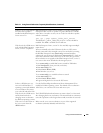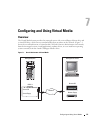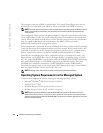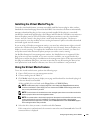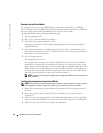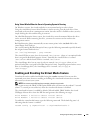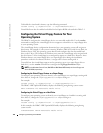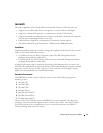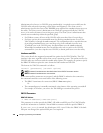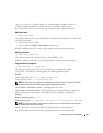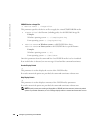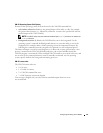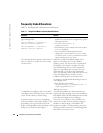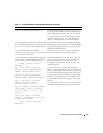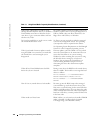
Configuring and Using Virtual Media 117
racvmcli
The major capabilities of the Virtual Media command line interface (VM-CLI) utility are:
• Support for removable media devices or image files, consistent with the VM plugins.
• Support for command line option(s) to control/interact with the VM-CLI utility.
• Support for multiple, simultaneously active instances of the utility (with read-only image files
only, not when actual floppy/CD devices are used).
• Optional feature: Support for a configuration file containing common options.
• Automatic termination upon disconnection – DRAC firmware
boot-once
option.
Installation
Standard installation methods are used to manage the installation and removal of the racvmcli
utility on the Virtual Media client systems:
• For Windows clients, the utility is delivered as part of the RAC Management Station
packaging, along with the racadm utility.
• For Linux clients, the VM-CLI utility is delivered as part of the RAC Management Station
packaging, along with the racadm utility.
A sample deployment script is included in the packaging that illustrates how you can use the
VM-CLI and
racadm
utilities
to perform operating system or patch deployment against multiple
target host systems. You can use this script as it is, or as a reference in developing a custom
deployment framework that uses Virtual Media features.
Execution Environment
The VM-CLI command executes within the context of one of the following supported
operating systems:
1
Windows XP
2
Windows 2000
3
Windows 2003
4
Red Hat Linux 9
5
Red Hat Linux AS/ES 2
6
Red Hat Linux AS/ES 3
7
Red Hat Linux AS/ES 4
The use of the VM-CLI utility requires valid DRAC 4 account credentials. The client host
operating system must provide support for Secure Sockets Layer (SSL). The VM-CLI utility
uses SSL to provide secure communications over its network connection to the DRAC 4
firmware (during initial connection setup).



